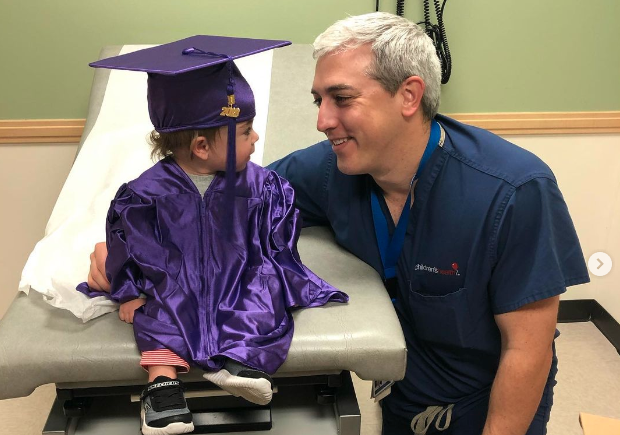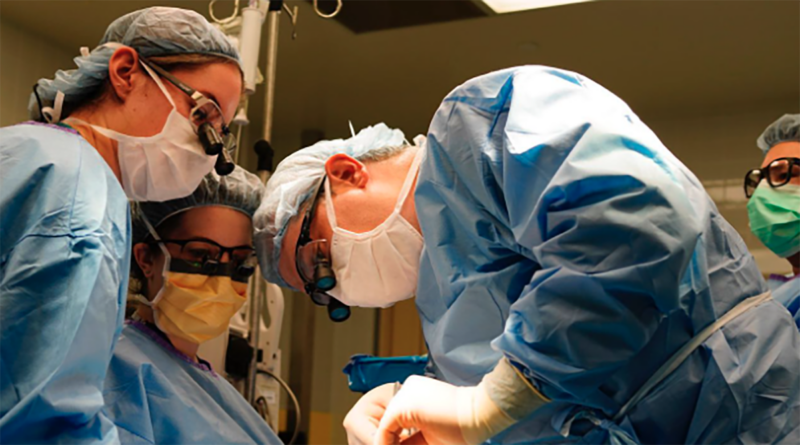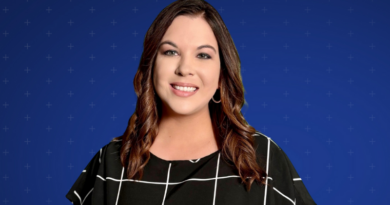The New Face of Cleft Palate Care
Preston Hollow doctor offers plastic surgery to patients of all ages
For guys like Joaquin Phoenix, Stacy Keach, or Tom Brokaw, the scars from cleft lip or cleft palate surgeries only add to the allure of their individuality.
However, for many others, such scars can spell insecurity, social anxiety, and added stress.
For years, the cleft palate was treated almost exclusively in a pediatric environment.
Early childhood surgeries were the standard, and any scarring that followed individuals into adulthood was seen as unfortunate but largely irreversible.
Dr. Christopher Derderian, a board-certified plastic surgeon specializing in rhinoplasty and plastic surgery of the face, is looking to change those circumstances.
After completing a craniofacial fellowship at the Children’s Hospital of Philadelphia and the University of Pennsylvania, Derderian became an associate professor of plastic surgery at the University of Texas Southwestern Medical Center and a member of the craniofacial and cleft lip and palate team at Children’s Health in Dallas.

Recently, he opened a private practice in Preston Hollow, where he hopes to address misconceptions about the possibilities of post-adolescent cleft lip revision and rhinoplasty.
“My patient population is largely made up of adults and teenagers who were told they had all the surgeries they were supposed to have but still don’t feel like they look as good as they could,” Derderian said.
Derderian spent 10-plus years performing cleft palate corrective surgeries and has a vast knowledge of these procedures.
“I did a lot of primary lip and palate surgeries,” Derderian said. “From prenatal consultations to teens, I took care of a range of patients.”
Typically, the course of correction for cleft lip or cleft palate starts with the primary surgery when the patient is a baby and ends with a rhinoplasty and a revision of the lip when they reach their teens.
However, this traditional protocol doesn’t necessarily address all nuances of the patient’s appearance.
“There are a couple of issues adults face,” Derderian said. “Since cleft surgeries have evolved quite a bit, those in their 40s, 50s, and 60s haven’t benefited from the best results. Also, since the majority of cleft care teams specialize in pediatrics, many adults don’t feel encouraged to seek help.”
Derderdian is addressing these issues one patient at a time.
He knows the face is an incredibly powerful component of self-esteem and believes everyone deserves to feel comfortable in their appearance.
“I tell my patients my goal is to get them to that point where they’re flying under the radar and not drawing any unwanted attention,” Derderian said. “A lot of my patients just want to feel comfortable in social situations and have people look them in the eye during a conversation instead of at their lip or nose.”








